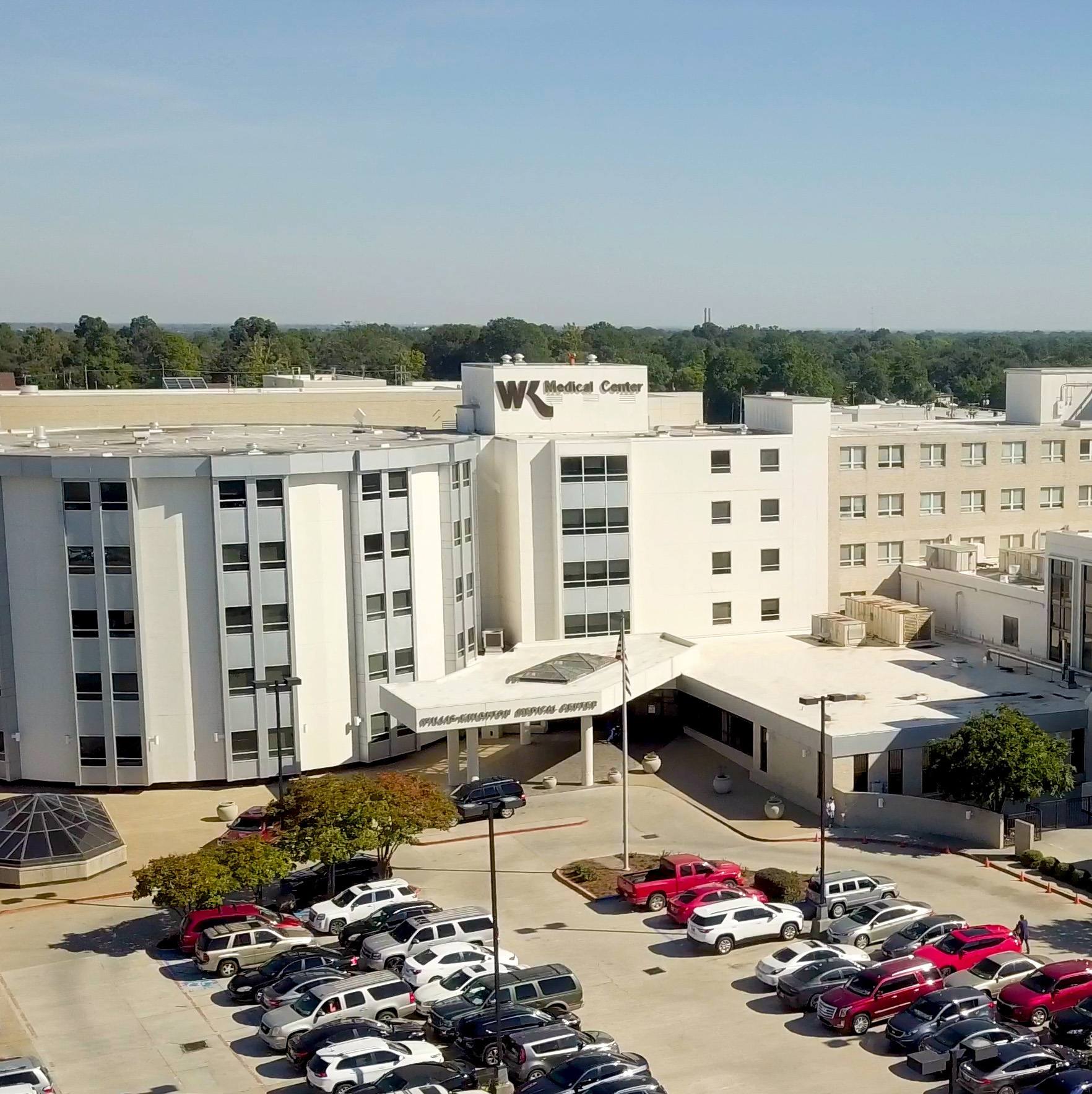-
Mayo Clinic Neurosurgeons to Present at American Association of Neurologic Surgeons Meeting
ROCHESTER, Minn. — Mayo Clinic researchers will present findings on stroke and aneurysm treatments and other neurosurgery research at the American Association of Neurological Surgeons annual scientific meeting April 14-18 in Miami. Mayo Clinic neurosurgeons will be available to provide comment for reporters covering the conference.
Mayo Clinic studies that will be presented and their embargo dates include:

Carotid endarterectomy is a safe, less expensive treatment for stroke
A Mayo Clinic study of 1,492 patients found endarerectomaties are a safe, less expensive treatment option for certain patients at risk for stroke. Endarterectomy is used to treat carotid artery disease, a condition in which the carotid arteries narrow or clog, and blood struggles to reach the brain, causing a stroke.
"In our study, we found endarterectomy was largely effective," says co-author Fredric Meyer, M.D., a Mayo Clinic neurosurgeon. "Endarterectomy is less expensive than the other treatment for carotid artery disease, so this is important for physicians to recognize."
Endarerectomaties cost roughly $200 to $400 less per procedure than carotid angioplasty, the other main treatment to restore proper blood flow to the head. In an endarterectomy, plaque is separated from an artery wall. Angioplasty involves temporarily inserting and inflating a tiny balloon to widen the clogged artery.
Different techniques safe and effective for stroke treatment
A treatment strategy using different techniques alone or together based on clinical and angiographic features is an effective and safe way to manage intracranial dural arteriovenous fistulas (DAVF), says study co-author Giuseppe Lanzino, M.D., a Mayo Clinic neurosurgeon.
Intracranial dural arteriovenous fistulas are abnormal connections between an artery and a vein inside the brain.
"The most dangerous complication of a cranial DAVF is brain hemorrhage," says David Daniels, M.D., Ph.D., a Mayo Clinic neurosurgeon and study co-author. Depending on the location, an unruptured fistula can cause neurological problems and blindness.
Researchers studied 60 consecutive patients evaluated for intracranial dural arteriovenous fistulas at Mayo Clinic since 2008. Data collected include patient demographics, presenting symptoms and signs, angioarchitecture, treatment recommendations, clinical outcomes, complications and radiological follow-up.
Mayo Clinic: Flow diversion useful to treat some aneurysms, but not others
Flow diversion
is a treatment for giant aneurysms. Mayo Clinic has had success treating aneurysms with this device, but its research shows flow diversion shouldn't be used in some cases. "This study illustrates one of the potential problems using a new device, Pipeline Embolization, for intracranial aneurysm treatment," says Giuseppe Lanzino, M.D., a Mayo Clinic neurosurgeon.
One of the difficult aspects of treating aneurysms is when they are located near an important artery that cannot be closed without significant symptoms, such as a stroke. The Pipeline Embolization device was developed to stop blood flow into the aneurysm but also to preserve blood flow into important branch arteries that may also be covered by the device during implantation. "The concern is that sometimes these important branch arteries also can be closed along with the aneurysm, and depending on the specific artery, that can lead to significant complications of stroke," says Dr. Lanzino.
Note to Journalists: Mayo Clinic neurosurgeons Mayo Clinic neurosurgeons will be available for comment on studies presented at the conference.
Media Contact: Brian Kilen, 507-284-5005 (days), newsbureau@mayo.edu







